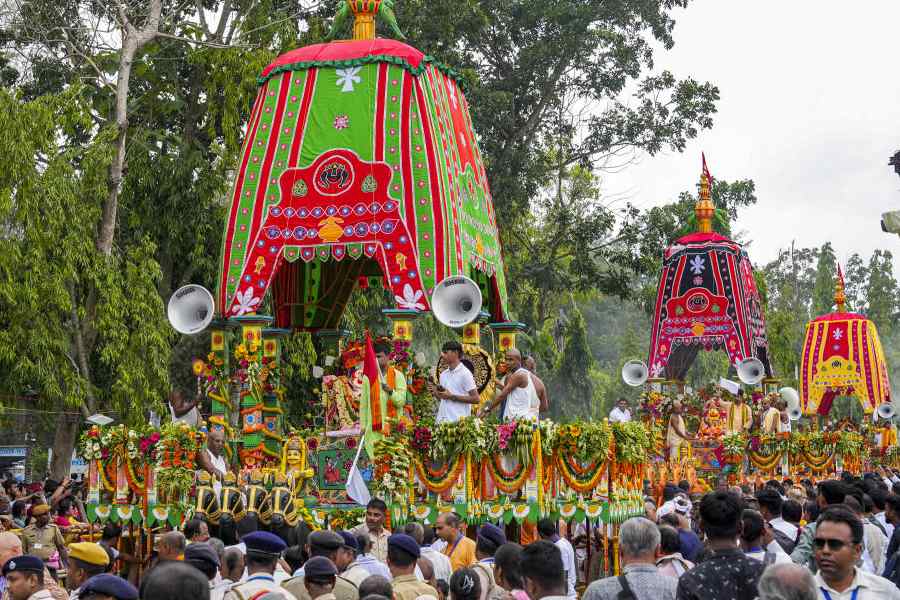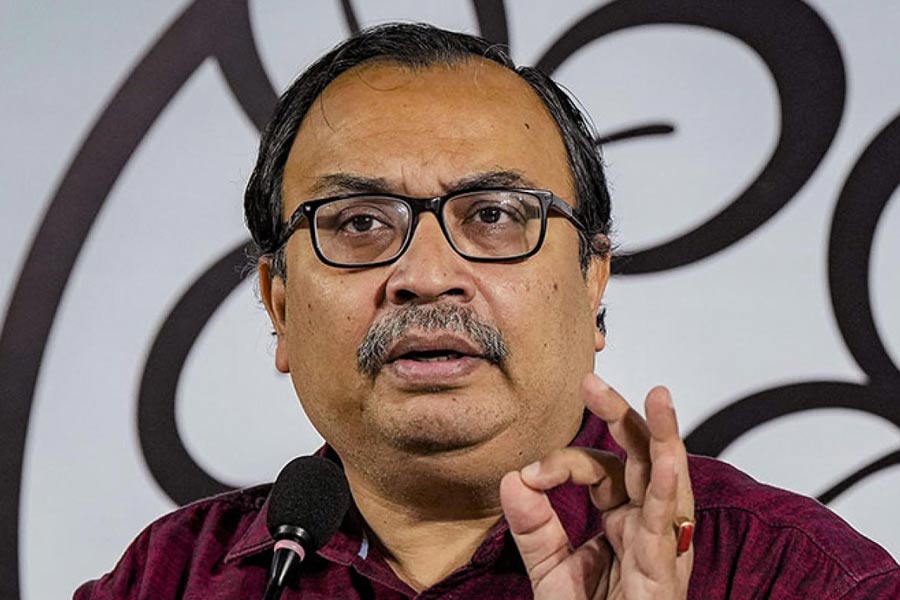Bhubaneswar: Odisha, which is prone to multiple natural disasters, has initiated steps for further strengthening the quality, prediction ability and response capacity of the state-run Odisha State Disaster Management Authority (OSDMA) with an "integrated multi-hazard early warning system".
The system will be developed in collaboration with Thailand-based Regional Integrated Multi-Hazard Early Warning System.
Odisha has been a pioneer among Indian states in setting up a mechanism in the form of the OSDMA after it was devastated by the 1999 supercyclone. The state built up disaster preparedness in a systematic manner with community participation and it managed to evacuate nine lakh people from vulnerable areas to safer locations to ensure zero casualty before 2013 cyclone Phailin. The state also won appreciation from the United Nations for its successful feat in disaster management.
The possibility of installation of multi-hazard early warning system was discussed at a meeting presided over by chief secretary Aditya Prasad Padhi here on Friday. The meeting was attended by director, Regional Integrated Multi-Hazard Early Warning System (RIEMS) A.R. Subeya, who presented the technical and methodological aspects of the system.
Considering the need of the system for Odisha, Padhi directed the OSDMA to work out details of services, outcomes and procedures for developing the system with definite targets.
The meeting discussed about the potential areas of collaboration between the OSDMA and the RIEMS. Analysis of huge data likely to be generated from automatic weather stations being installed at gram panchayat levels, validation of forecast, early warning and preparedness for lightning, heat wave, flood, drought and tsunami were identified as major areas of collaboration. Besides, technological support of the RIEMS would also be helpful in curbing road accidents.
Development commissioner R. Balakrishnan emphasised on accurate and dependable weather predictions for building confidence among the people about countering the hazards and also for minimising its effects.
OSDMA managing director Bishnupada Sethi said: "The RIEMS is an inter-governmental body registered under the United Nations. The body is owned and managed by 45 collaborating countries in the Asia Pacific and Africa region. In collaboration with this inter-governmental Body, the OSDMA can strengthen its database for more effective management of natural disasters. It will provide technical support through sustained institutional mechanism."










